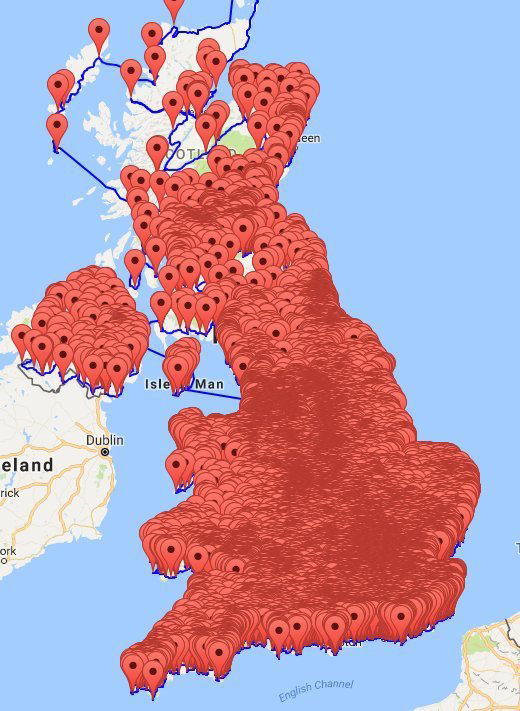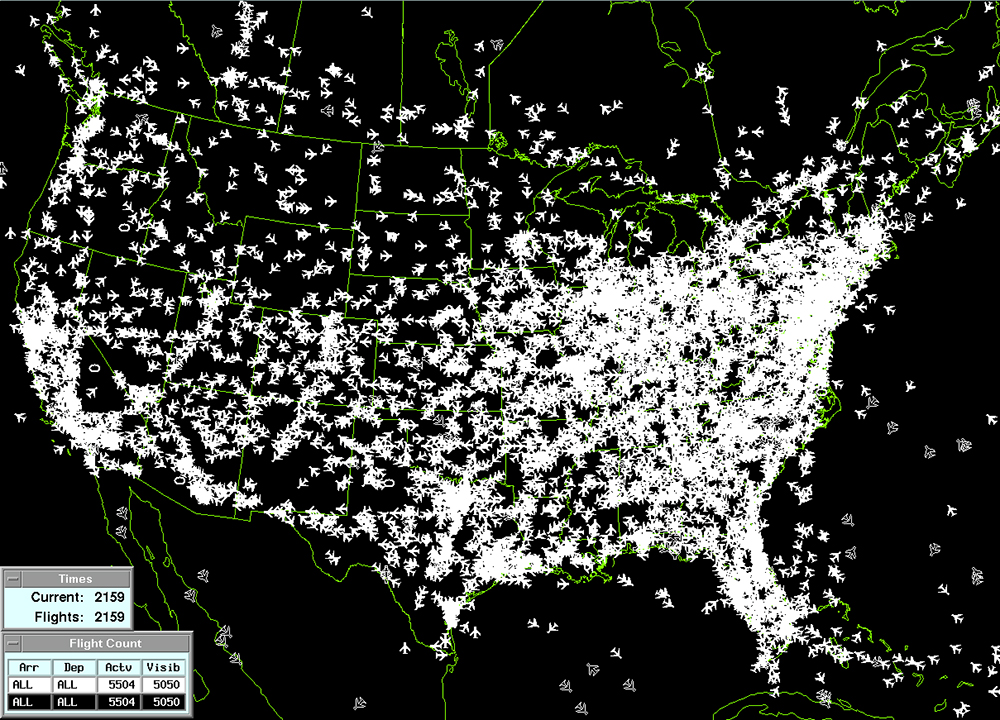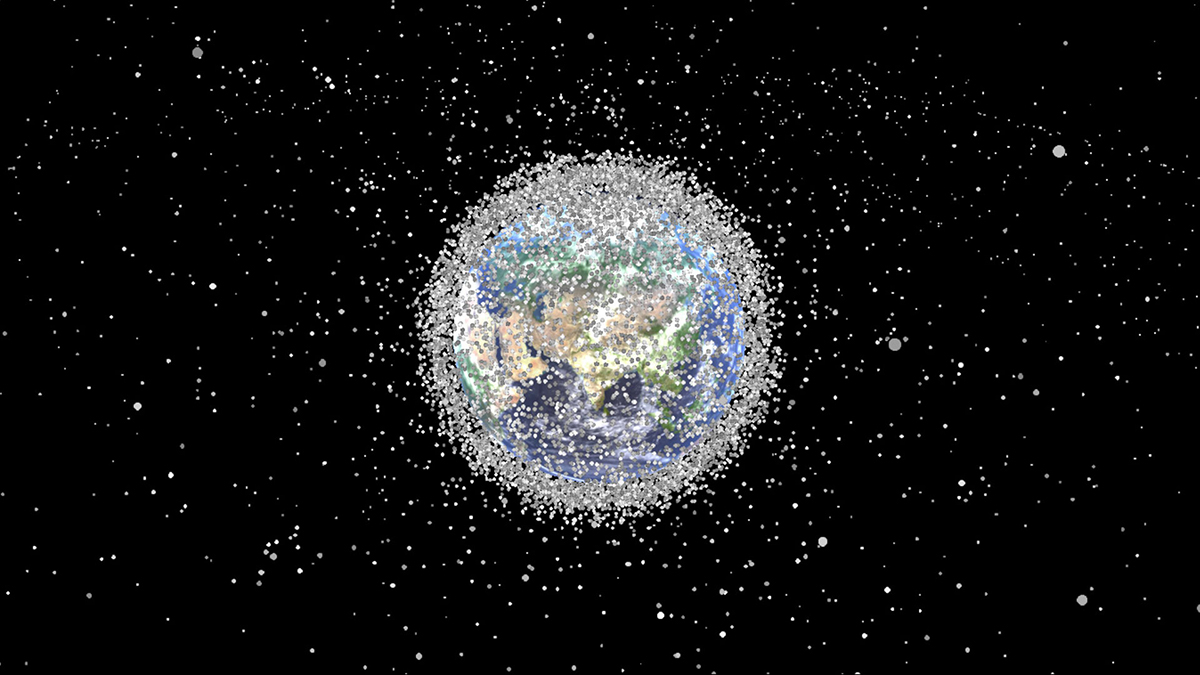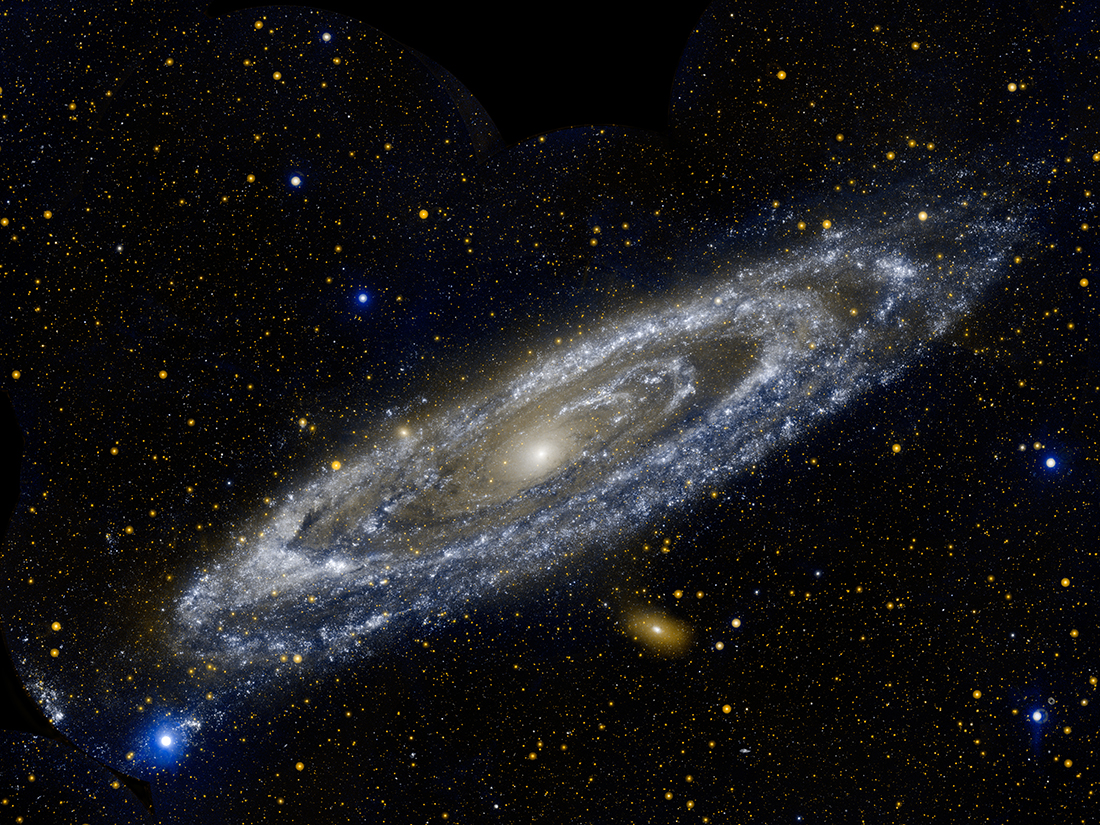SHOWING INFORMATION LARGE ENOUGH SO THAT WE CAN SEE IT.
I’ve been caught in this dilemma on numerous occasions, so I’m not pretending that I know the answer. It’s an issue as old as infographics itself. Perhaps there is no answer. Anyway, here are some examples that show the effect of using a reasonably-sized symbol to mark something that is really small.

PUB LAND This was going round on social media recently. A group of mathematicians plotted a shortest-distance tour of 25,000 British pubs, as a project. It’s a lot of fun (and that’s the point here), but it demonstrates what happens when you put a pointer at every location. It’s correct in terms of GPS coordinates, but the visual impression is greatly exaggerated. Britain has a lot of pubs, that is true, but it’s not a solid mass of pubs with no space between them. (Image: University of Waterloo, Canada)

AIR TRAFFIC There are thousands of flights in the air over the U.S. at any one moment. However, the visual impression of the density of that traffic depends on the size of the aircraft icon used. The bigger the symbol, the more crowded the airspace becomes. In a satellite photo, they would not be visible, although that’s not much use as an informational graphic. (Image: ATCSCC)

SPACE JUNK There’s a lot of junk orbiting the Earth, but there’s a lot of space between it too. You wouldn’t see any of it at all from this viewpoint. Here it looks like aliens can’t avoid banging into an old satellite as they maneuver their plasma-powered spacecraft in for a first contact landing. (Image: NASA)

GALAXY The ultimate example. It contains billions of stars, but the distances are so great compared to the size of the stars that two galaxies could pass through each other without any of the objects colliding. Of course, here we’re looking at light from stars, dust and gas. We’re not seeing the scale of individual stars at all. They are mostly blurred together into a smooth distribution of light at this resolution. The bluish-white dots that we can see are individual stars that are much more luminous than the Sun. By the way, this is the Andromeda galaxy, and it will collide with our own Milky Way in several billion years time. (Image: NASA)
Thanks to Ryan Chornock, a professor in the Department of Physics & Astronomy at Ohio University, for help with the space examples.
